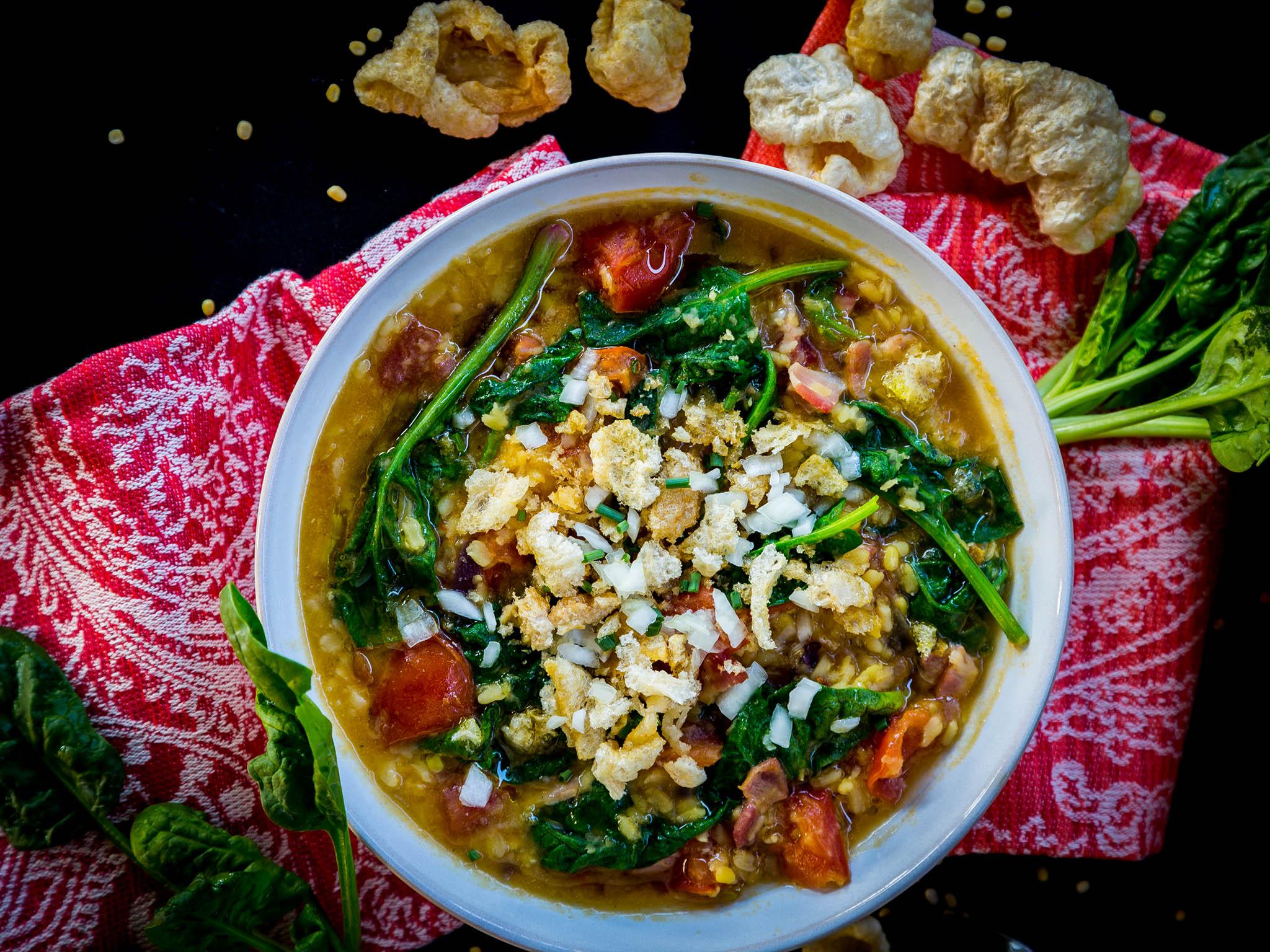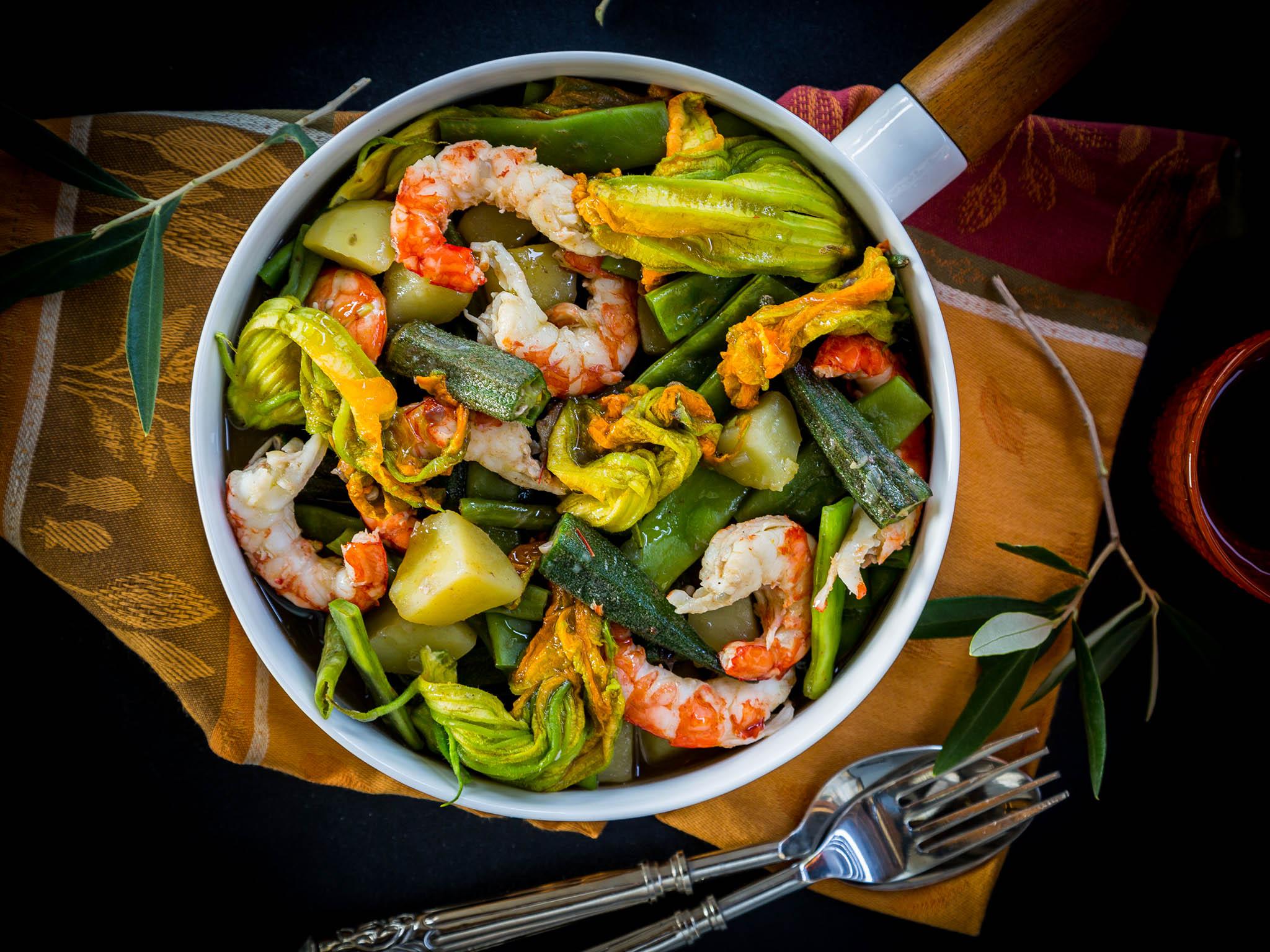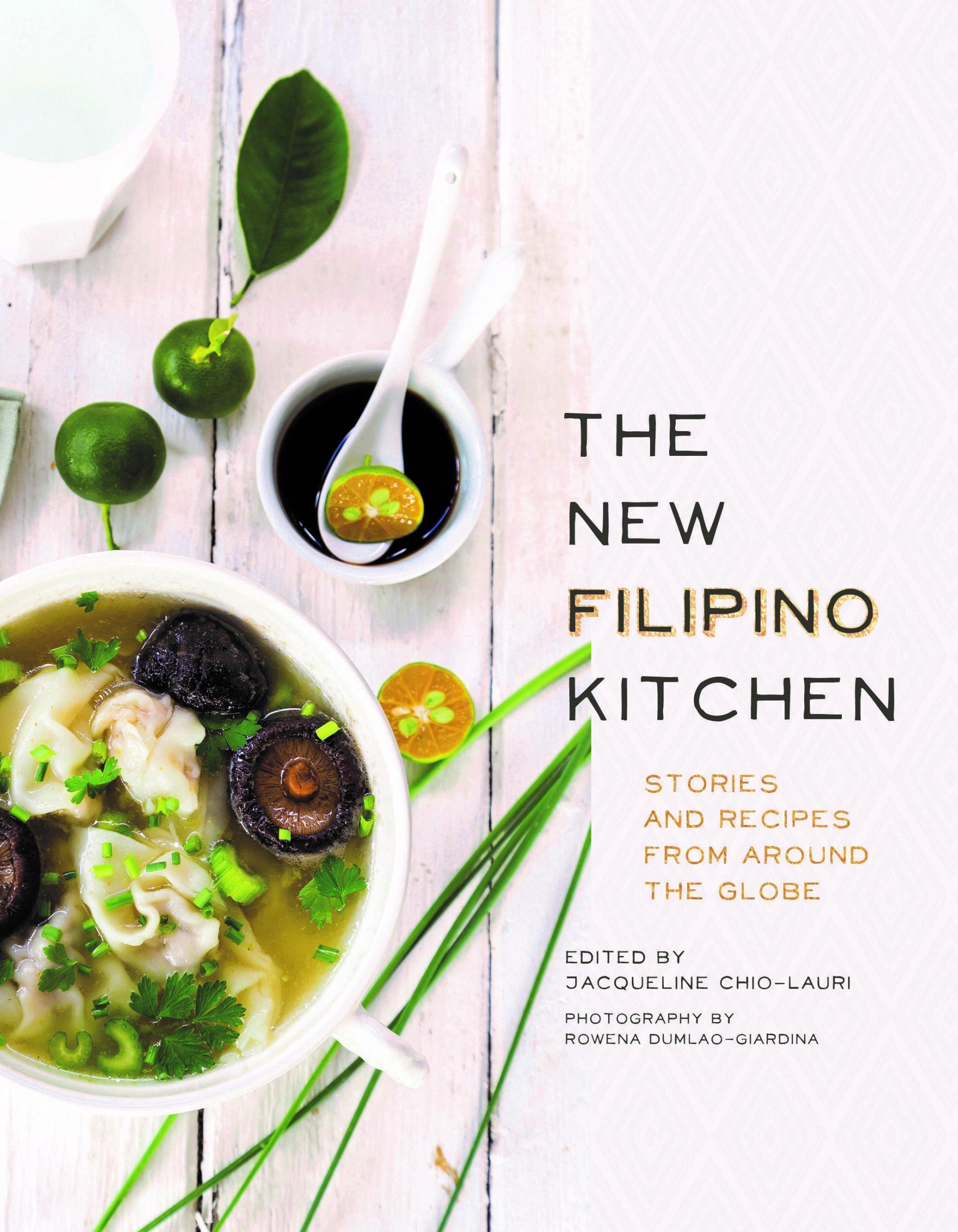'The New Filipino Kitchen' cookbook: Recipes from shrimp and vegetable stew to bitter melon omelette
As a complex cuisine that's still gaining traction around the world, the cuisine otherwise known as Pinoy food is all about salty meat, rich seafood flavours and hearty stews

Your support helps us to tell the story
From reproductive rights to climate change to Big Tech, The Independent is on the ground when the story is developing. Whether it's investigating the financials of Elon Musk's pro-Trump PAC or producing our latest documentary, 'The A Word', which shines a light on the American women fighting for reproductive rights, we know how important it is to parse out the facts from the messaging.
At such a critical moment in US history, we need reporters on the ground. Your donation allows us to keep sending journalists to speak to both sides of the story.
The Independent is trusted by Americans across the entire political spectrum. And unlike many other quality news outlets, we choose not to lock Americans out of our reporting and analysis with paywalls. We believe quality journalism should be available to everyone, paid for by those who can afford it.
Your support makes all the difference.Tortang ampalaya – stir-fried bitter melon omelette
Ampalaya infuses yet another bold taste into the distinctive multi-flavour profile of Filipino dishes – bitterness. The vegetable is used in stews and stirfries, its leaves in salads and soups. Believed to have medicinal merits, bitter melon was forced into the diets of Filipinos long ago by sautéing it with scramble eggs. Here’s an omelette version of the dish, delicious for breakfast, lunch, or dinner with garlic fried rice. Though I’ve had a longtime love of ampalaya – its flesh in pinakbet or stir-fries, its leaves in salad – enjoying it in eggs for breakfast was a first for me during that visit to Dumaguete in Negros Oriental. This simple discovery may seem small, but it symbolises those many precious moments of revelation that one can’t know what one doesn’t yet know.
Prep: 10 minutes
Serves 4
5 large eggs
2 teaspoons milk
Pinch fine salt
Pinch freshly ground black pepper
2 tablespoons vegetable oil
1 medium ampalaya, halved, seeded, and cut usugiri (into thin slices)
3 cloves garlic, minced
8 cherry tomatoes, halved
3 scallions, chopped and divided
In a medium bowl, beat the eggs, milk, salt, and pepper and set aside. Warm the oil in a large skillet over medium heat until it shimmers. Add the ampalaya and garlic and sauté until the garlic turns pale gold.
Spread the mixture evenly all over the pan. Pour the eggs over the sautéed ampalaya and garlic. Tilt the pan to spread the eggs evenly. Scatter the tomatoes on top, then most of the scallions, saving 1 tablespoon for garnish.
As the egg mixture begins to set, gently push the edges towards the centre of the pan with a spatula, allowing the uncooked parts of the egg to run towards the outer edges of the pan. Do this two or three times, until the mixture is firm but still moist. Remove the skillet from the heat and cover it for 1 minute. Garnish with the remaining 1 tablespoon scallions and serve.

Monggo (balatong) – stewed mung beans with pork belly sofrito
Inang taught Mum how to cook and Mum taught me how to cook. Not only did I learn how to measure ingredients using old-world Philippine techniques instead of standard measuring implements, I also learned that patience, especially in stews like balatong, is important. Equally important to know is that time only goes forward, and it is up to the cook to manage her time efficiently. This version of balatong uses spinach instead of malunggay because it is more readily available, although my mom sometimes uses ampalaya (bitter melon) leaves instead. She has also been known to use chicken in place of the pork, and to add eggplant for variety. Anyway I have it, I still count it as my favuorite ulam! It’s great served over steamed white rice.
Prep time: 45 minutes
Serves 6-8
12 ounces dried split mung beans
1 pound thinly sliced pork belly
3–5 cloves garlic, minced
1 large white onion, chopped
2 Roma tomatoes, chopped
Salt and freshly ground black pepper, to taste
1 tablespoon soy sauce, plus more to taste
2 teaspoons chicken bouillon, plus more to taste
8 ounces baby spinach
Crumbled chicharron (pork rind), for garnish (optional)
Chopped scallions, for garnish (optional)
Put the mung beans in a medium saucepan and add enough water to cover them by 1 inch. Bring the water to a boil over medium heat, then remove the pan from the heat and cover it.
Warm a large pot over medium-high heat. Place a single layer of the sliced pork belly in the pot, taking care not to crowd it; you may need to cook the pork belly in a few batches. Cook the pork belly until it is golden and crispy and the fat has rendered. Transfer the pork belly to a plate lined with paper towels and remove and discard all but 2 tablespoons of the pork fat from the pot.
Add the garlic and cook over medium-high heat until aromatic, about 1 minute. Add the onion and cook, stirring occasionally, until translucent, about 2 minutes. Add the tomatoes, season with salt and pepper, and scrape the bottom of the pot to loosen the golden bits left by the pork.
Return the pork belly to the pot and add the soy sauce and chicken bouillon. Cook until the tomatoes have released their juices and a thick sauce forms, about 3 minutes.
Add the boiled mung beans. Stir to combine thoroughly, reduce the heat to medium, and cook the mixture until the beans are done. If you like a thinner stew, add water to achieve your desired consistency. Right before serving, add the spinach. Taste and add salt, pepper, bouillon, and/or soy sauce as needed. Garnish with chicharron and scallions, if using, and serve.

Dinendeng – Mixed vegetable and shrimp stew with red wine
Dinendeng is a lightly flavoured dish, nuanced by the very variety of its composition. It needs the flavour of the sea, though, and of the earth, to lend it some gravitas, though never to tie it down. Bagoong is the ideal potion that fulfills such a task. In this particular version, however, shrimp supplies the marine element, and red wine the earthiness.
Prep time: 20 minutes
Serves 4
2 medium sweet potatoes (preferably yellow), peeled and chopped
½ pound medium to large head-on shrimp (preferably white)
1 medium onion, finely chopped
1 (1-inch) piece ginger, peeled and sliced
3 tablespoons dry red wine
1 (5-ounce) bunch string beans, stringed and cut into 1-inch pieces
6–12 winged beans or sugar snap peas, stringed and halved lengthwise
12 okra, halved crosswise
12 squash blossoms, calyxes removed and stalks peeled
Salt and freshly ground black pepper, to taste
Combine the sweet potatoes, shrimp, onion, ginger, and wine in a large wok. Add enough water so that the wok is about a third of the way full (about 3 cups). Bring to a simmer over low heat, then cover. Simmer for about 5 minutes, or until the sweet potatoes are cooked but still firm.
Transfer the sweet potatoes and shrimp to separate plates. Remove and discard the heads and shells of the shrimp. Set the shrimp aside.

Add the string beans and winged beans to the wok. Cover, raise the heat to high, and bring the broth to a rolling boil. Boil for about 3 minutes, then add the okra, cover, and cook for about 3 minutes, or until the okra is tender but still vibrant green. Add the squash blossoms, cover, and cook for 1 to 2 more minutes. Taste and add salt and pepper as needed.
Return the sweet potatoes and shrimp to the wok and boil for a few seconds. Serve hot.
Extracted from 'The New Filipino Kitchen' edited by Jacqueline Chio-Lauri, Agate Surrey, 2018. Photography by Rowena Dumlao-Giardina
Join our commenting forum
Join thought-provoking conversations, follow other Independent readers and see their replies
Comments